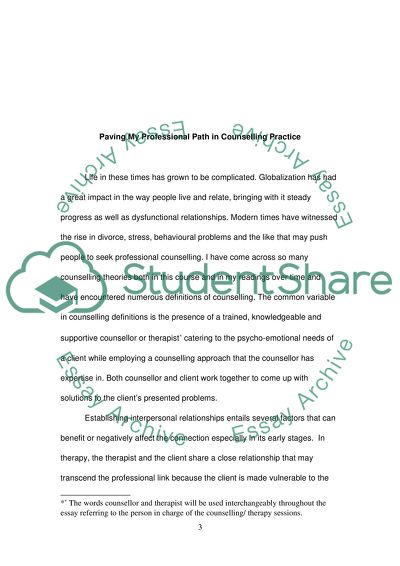Cite this document
(“Paving My Professional Path in Couselling Practice Research Paper”, n.d.)
Paving My Professional Path in Couselling Practice Research Paper. Retrieved from https://studentshare.org/psychology/1449659-theories-in-counseling-psychotherapy
Paving My Professional Path in Couselling Practice Research Paper. Retrieved from https://studentshare.org/psychology/1449659-theories-in-counseling-psychotherapy
(Paving My Professional Path in Couselling Practice Research Paper)
Paving My Professional Path in Couselling Practice Research Paper. https://studentshare.org/psychology/1449659-theories-in-counseling-psychotherapy.
Paving My Professional Path in Couselling Practice Research Paper. https://studentshare.org/psychology/1449659-theories-in-counseling-psychotherapy.
“Paving My Professional Path in Couselling Practice Research Paper”, n.d. https://studentshare.org/psychology/1449659-theories-in-counseling-psychotherapy.


